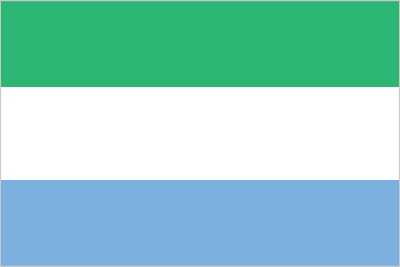Introduction
Visit the Definitions and Notes page to view a description of each topic.
Geography
People and Society
Population
comparison rankings: total 99; male 98; female 98
Median age
comparison ranking: total 210
Population growth rate
comparison ranking: 29
Birth rate
comparison ranking: 24
Death rate
comparison ranking: 58
Net migration rate
comparison ranking: 60
Maternal mortality ratio
comparison ranking: 21
Infant mortality rate
comparison ranking: total 5
Life expectancy at birth
comparison ranking: total population 223
Total fertility rate
comparison ranking: 30
Obesity - adult prevalence rate
comparison ranking: 147
Alcohol consumption per capita
comparison ranking: total 107
Tobacco use
comparison ranking: total 129
Children under the age of 5 years underweight
comparison ranking: 40
Education expenditure
comparison ranking: Education expenditure (% GDP) 7
Environment
Carbon dioxide emissions
comparison ranking: total emissions 167
Government
Economy
Real GDP (purchasing power parity)
comparison ranking: 151
Real GDP growth rate
comparison ranking: 75
Real GDP per capita
comparison ranking: 193
Inflation rate (consumer prices)
comparison ranking: 197
GDP - composition, by sector of origin
comparison rankings: agriculture 17; industry 72; services 177
Industrial production growth rate
comparison ranking: 49
Labor force
comparison ranking: 114
Unemployment rate
comparison ranking: 48
Youth unemployment rate (ages 15-24)
comparison ranking: total 175
Gini Index coefficient - distribution of family income
comparison ranking: 68
Current account balance
comparison ranking: 111
Reserves of foreign exchange and gold
comparison ranking: 160
Debt - external
comparison ranking: 99
Energy
Electricity
comparison rankings: installed generating capacity 182; consumption 197; transmission/distribution losses 42
Energy consumption per capita
comparison ranking: 183
Communications
Telephones - fixed lines
comparison ranking: total subscriptions 222
Telephones - mobile cellular
comparison ranking: total subscriptions 100
Broadband - fixed subscriptions
comparison ranking: total 216
Transportation
Merchant marine
comparison ranking: total 39



